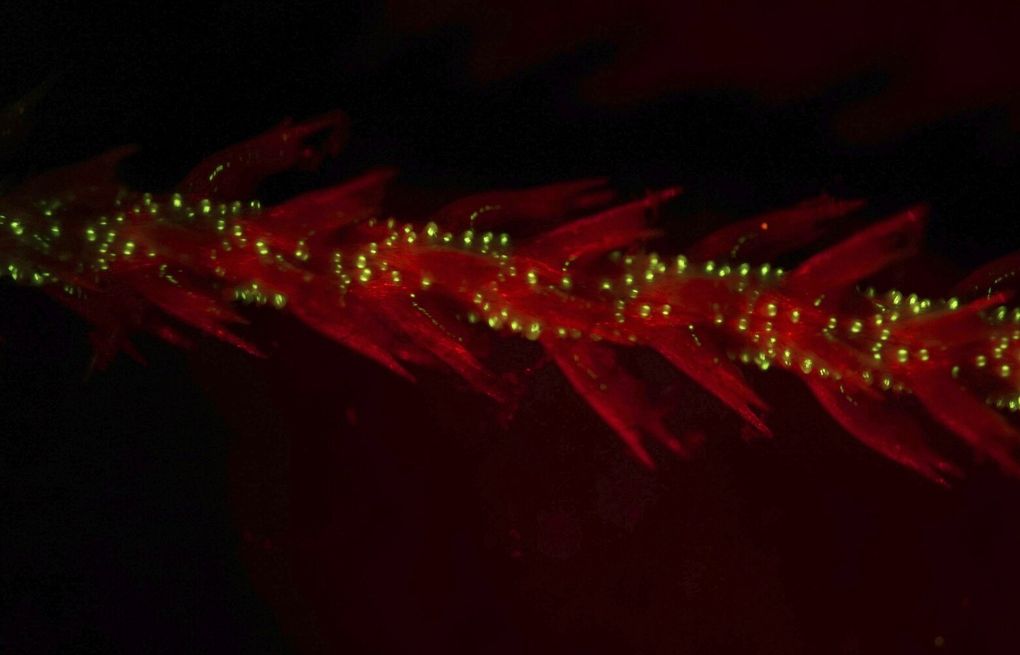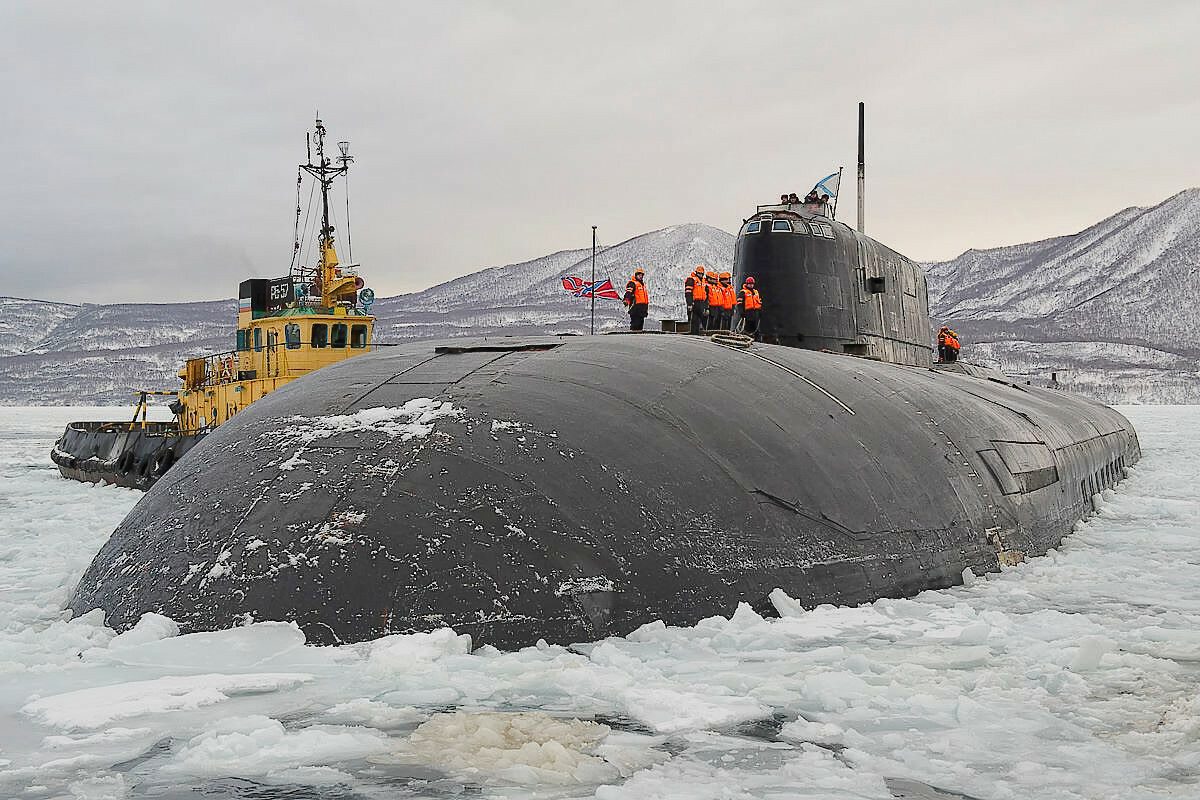
The United Arab Emirates (UAE) recently witnessed its most substantial rainfall in 75 years, surpassing any precipitation recorded since 1949. As discussions around climate change intensify, questions arise about the role of cloud seeding, a method of weather modification, in contributing to this unprecedented rainfall.
Moreover, the UAE has been continuously upgrading its drainage infrastructure, particularly in response to the escalating rainfall observed in recent years.
Understanding Cloud Seeding
Cloud seeding is a technique aimed at enhancing precipitation by dispersing substances into the air to saturate clouds. It involves identifying suitable clouds through weather analysis and releasing seeding agents like salts or dry ice into them to encourage the formation of larger water droplets and thus augment rainfall.
While cloud seeding offers potential benefits such as relieving drought, supporting agriculture, and tackling air pollution, it also presents challenges and side-effects, including environmental concerns and unpredictable outcomes.
Cloud Seeding in the UAE
The UAE has been proactive in employing innovative solutions to address its arid climate, including cloud seeding. With efforts dating back to 1982, the nation’s Rain Enhancement Program, managed by the Emirates’ National Centre of Meteorology (NCM), spearheads cloud seeding initiatives. Collaborative research with international institutions has led to the development of unique seeding agents, such as the nano material, currently undergoing trials for effectiveness.
Despite its potential, cloud seeding interventions raise ecological concerns due to their interference with natural processes.
Drainage System in the UAE
Reports of rainwater entering homes during the November to March rainy season have prompted ongoing upgrades to the UAE’s drainage networks. In 2023, Dubai approved a $21.8 billion sewerage system plan to enhance infrastructure resilience. This ambitious project aims not only to upgrade drainage but also to reduce carbon emissions and promote sustainable resource management.
The approved plan extends the system’s lifespan and emphasizes long-term sustainability and operational efficiency.
Recent Flooding in Dubai
Recent heavy downpours in the UAE, particularly in Dubai and Sharjah, caught the region unprepared, leading to flooded homes, power outages, and infrastructure disruptions. Dubai International Airport recorded a significant amount of rainfall within 24 hours, far exceeding its average annual precipitation. The adverse weather prompted school closures and remote working mandates to ensure public safety.
The unexpected deluge highlights the importance of robust infrastructure and emergency preparedness in the face of changing climate patterns.




